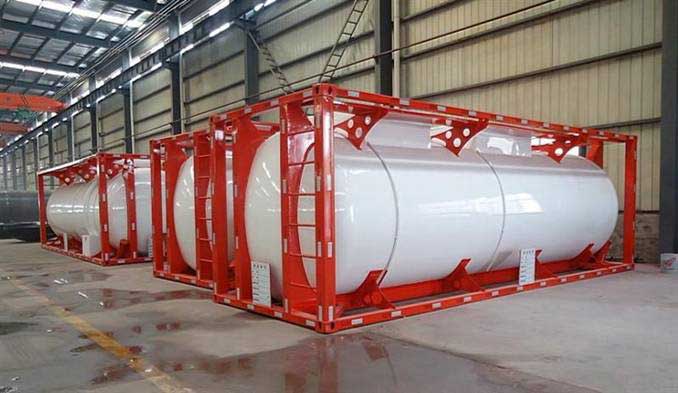The strategy of containment of a fluid in just a tank hasn’t transformed immensely considering that the beginning of the chemical, pharmaceutical and oil and gasoline processing industries. A specific method involves state one or several types of fluid to behave as possibly an additive or even a coolant and these fluids must be securely contained but in addition simply allocated and replenished Export of steel tank.
At a fundamental level this container could possibly be the equivalent of vat of alcohol or even a skid steer loader gas tank or even a milk package – dependant on the method is determined by the simplicity or the style of the liquid offer vessel.
Secure containment of these fluids is important since their loss can influence seriously upon the surroundings and clearing up after a leak is extremely expensive. The style of, as an example, a gas tank is governed by a number of technical and aesthetic factors which also can have an impact upon the equipment’s style and cost.
The material actually useful for a gas tank was material that is simply formed and may be securely welded without difficulty. Its variety was usually sq or square therefore maybe it’s simply repaired and also include a simple float type level sending device. The usual downside of material tanks was their capacity to decay if not effectively secured and this was a known problem.
As the growth of moulding plastics sophisticated it turned obvious that plastic gas tanks offered several benefits around their material alternates. The rotomoulding method of creating a tank requires injecting a known amount of plastic granules into a heated spinning mould instrument in the shape of the tank.
Once the instrument is broken aside after chilling you have a tank of delicate style which is often drilled for pipework access or accessories for a strain select or level sender etc. This implies the shape of the tank can provide the modern style pages found today on construction gear that is what the client is demanding.
Lightning and Fixed Defense is a smart expense for Generation and Sodium Water Removal (SWD) Tank Batteries. A successful Light and Fixed Defense Process for tanks can be achieved by Grounding and Bonding, using Streamer Delaying Air Terminals (Dissipators), installing fixed control inside tanks and at truck load out stations and installing scored surge suppression.
Generation, Salt-water separation, distillate, storage, and similar tanks, specially fiberglass tanks, have a history of susceptibility to catastrophic injury from lightning and fixed discharges. The security program step-by-step below handles both issues of lightning reach and fixed deposition and discharges in the flammable atmosphere of the tanks.
All security methods require a road to ground. Streamer delaying air devices can lower the likelihood of lighting addition and streamer formation by dissipating increasing floor costs all through electric storms, delaying streamer formation and lowering the likelihood of a lightning strike.
Must a lightning reach happen, these streamer delaying air devices however act as traditional lightning rods, that obtain the reach and deliver their energy into earth. Equi-potential bonding through the entire tank battery helps to ensure that differences in potential don’t happen within a lightning event ultimately causing sparks that can ignite the flammable gasses.
Fixed bonding and grounding methods at the load outs develop an equi-potential connect between the load out tube and the truck. This reduces the chance of a dangerous fixed launch all through loading or unloading while hydrocarbon vapor is present.
Industrial grade surge suppression protects important electric and interaction gear such as for instance VSDs, PLCs, ESPs and RTU’s. A surge suppression process helps to guard your gear from regional electrical power rises and regional lightning strikes.
